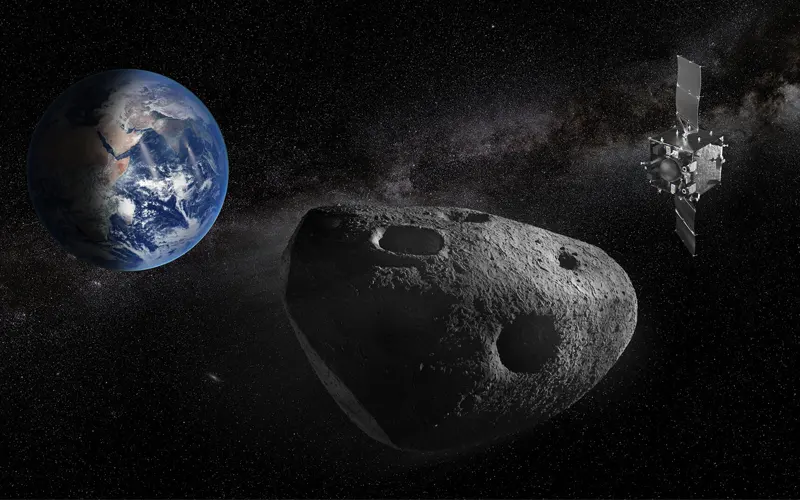
ESA has awarded a contract for the second CubeSat for its Ramses mission, which will study asteroid Apophis as it passes within 32,000 kilometres of Earth.
The Rapid Apophis Mission for Space Safety (Ramses) mission was first announced in July 2024 and is being managed under ESA’s Space Safety Programme. The mission will consist of one primary probe and two CubeSats. Together, the satellites will study the 375-metre asteroid’s composition while observing how it reacts to Earth’s gravitational pull.
On 17 October, ESA announced that it had awarded a €63 million contract to OHB Italia for the mission’s consolidation and early implementation phases. In March 2025, the agency awarded Tyvak International a €4.7 million contract to develop the first of the two CubeSats for the mission. This CubeSat will feature a dust analyser to examine material released from the asteroid’s surface, as well as a low-frequency radar instrument to study its internal structure.
On 20 May, ESA announced that it had awarded a €1.5 million contract to Spanish satellite electronics manufacturer Emxys, which will lead a consortium to deliver the second of two CubeSats. This CubeSat will be deployed from the primary spacecraft a few kilometres from the asteroid and will study its shape and geological properties. It will then perform an autonomous approach before attempting to land on the asteroid’s surface. If successful, it will collect data on the asteroid’s seismic activity.
“Landing on an asteroid is very challenging,” said Ramses Project Manager Paolo Martino. “The irregular shape and surface properties make it difficult to identify a stable landing site, while the very weak gravity makes it hard to stay on the surface without bouncing off and drifting away.”
The full implementation of the Ramses mission will not occur until ESA Member States vote to fully fund it during the agency’s Ministerial Council Meeting later this year. The agency allocated existing funds to conduct the initial phases of the mission’s development to ensure it can meet a tight launch deadline of no later than early 2028, in order to rendezvous with the asteroid before its close approach to Earth in April 2029.





“Landing” would indeed be a challenge, given that the surface gravity is <0.2 mm/s/s. It will be more like docking.